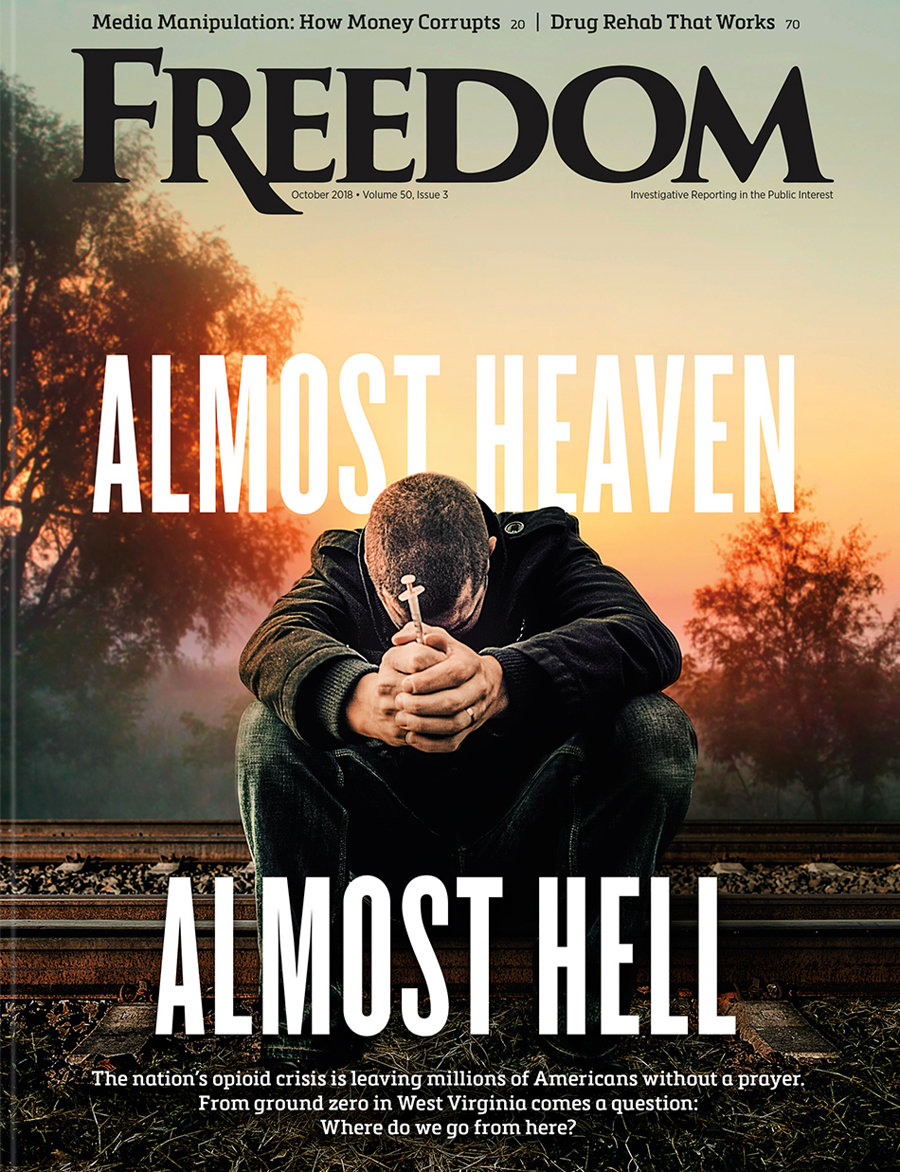No, her mother, Margaret Mary Donovan, didn’t die—not for decades.
Instead, she was “locked away” in 1956, at the age of 16, in one of Ireland’s state-run asylums. She spent the ensuing half-century in similar facilities across the country.
There, she was subjected to brutal “treatments”—dozens of electroshocks (ECT), up to six times in one week. The signatures on the informed consent paperwork are different from one another, leading her daughter to suspect that Margaret neither consented to—nor was informed of—her fate.
Though many of the institutions are gone, the scars and trauma remain their enduring legacy.
Like many others in the 1950s, Margaret Mary Donovan endured insulin shock—the repeated injection of mega insulin doses sufficient to induce a daily coma typically over several weeks. (When it was found that many patients never awoke from these comas—read “died”—or, if they did awake, had suffered severe memory loss and brain damage, the practice gradually fell into disuse. Brain damage and death are hard to pass off as “cures.”)
Margaret endured other horrific abuse, including assaults by staff and brutal punishments. She was trafficked to 10 different institutions across Ireland before passing away in 2014.
“When she died, a big chunk of our lives went with her,” her daughter said. “She suffered, and we’re still suffering. We’re still carrying that pain.”

Margaret Mary Donovan’s story is just one of many chronicling neglect, abuse, isolation, forced labor and brutality in the guise of “therapy” emerging from the survivors of Ireland’s more than 20 district mental hospitals in the 1950s and 1960s. The institutions housed more than 20,000 patients at their peak before, thankfully, beginning to fade away in the 1970s and 1980s.
But though many of the institutions are gone, the scars and trauma remain their enduring legacy.
“Give them the apology and compensation that they deserve,” says Mary Donovan, referring to the victims, including her mother. Her call for redress of wrongs is echoed by other former patients and their families.
Like survivor David Sugrue, now 67, who was put in an adult facility at age 14, administered electroshock without consent or warning, then forced to work folding boxes and performing other outside labor for no pay, while enduring physical abuse.
Or like Mary Smith, who never knew she had a brother until 1990, when she discovered he was trapped in a hospital basement room with other patients. Christopher Smith had been first admitted to an institution in the 1960s. Though Mary was at last reunited with him, no tears of recognition and joy were shed. It would be years, she said, before Christopher could bring himself to communicate with her.
Diagnostic notes for Christopher bear witness to “a skull fracture and traumatic brain injury”—strong evidence of abuse.
“Christy never stopped asking me to get him out,” Mary said.
“It is now the responsibility of government to listen to the survivors’ demands and to take meaningful action.”
Forty-two years later, still institutionalized, he would die. During his sister’s last phone call with him the day prior to his death, she said, “He couldn’t breathe.” She had consoled him and reassured him that she was trying everything she could to secure his discharge.
Remembering that last conversation, Smith said, “Christy was all that I had in the world, and they took him.”
Her cries of outrage—along with those of other survivors—have now reached the highest levels of government. Irish Member of Parliament Sorca Clarke said, “I am deeply saddened and disturbed by the testimonies from survivors published today detailing the abuse and neglect suffered while in our former mental health institutions.”
Calling for a full inquiry and redress for the victims, Clarke added: “It is now the responsibility of government to listen to the survivors’ demands and to take meaningful action … so that such abuses are never repeated. Government has a moral duty to confront this truth honestly.”
Yet again, psychiatry proffered a hand to the vulnerable, then exploited their trust through abuse and neglect for profit.
They assumed that death would silence their victims and shield them from consequence and accountability.
They were wrong.
The survivors and their families will never forget.
“Because,” as Mary Donovan said, “once you [went] in those doors to those institutions, you [didn’t] come out the same.”






















